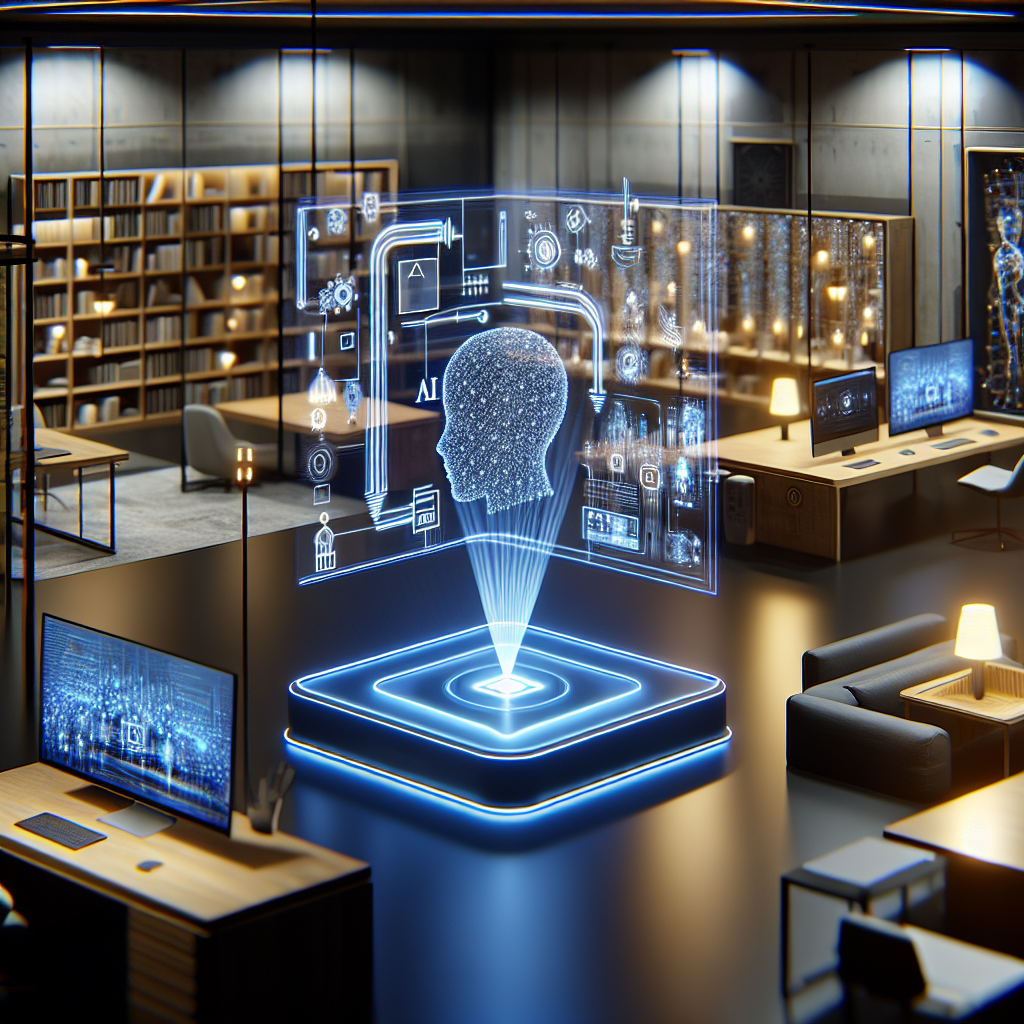In recent years, the adoption of artificial intelligence (AI) has revolutionized various industries, including the lighting design industry. Leveraging AI for adaptive lighting design has opened up new possibilities for creating more efficient, sustainable, and personalized lighting solutions. By using AI algorithms and machine learning techniques, designers can now optimize lighting designs to meet specific requirements and preferences, resulting in enhanced comfort, productivity, and energy savings.
One of the key benefits of using AI for adaptive lighting design is the ability to dynamically adjust lighting levels based on environmental conditions, user preferences, and activity patterns. Traditional lighting control systems rely on pre-programmed schedules or manual adjustments, which can be inefficient and fail to provide the right lighting conditions at all times. With AI, lighting systems can automatically adapt to changing circumstances, ensuring optimal lighting levels throughout the day.
AI algorithms can also analyze data from sensors, cameras, and other sources to understand how people interact with their environment and adjust lighting accordingly. For example, in an office setting, AI can detect occupancy levels in different areas and adjust lighting levels to ensure that each space is adequately illuminated. This not only improves energy efficiency but also enhances the overall user experience by providing the right amount of light where and when it is needed.
Another advantage of leveraging AI for adaptive lighting design is the ability to create personalized lighting experiences for individuals. By collecting data on user preferences, habits, and circadian rhythms, AI algorithms can tailor lighting settings to meet the specific needs of each person. For example, in a smart home setting, AI can adjust lighting color temperatures and intensities to support relaxation, concentration, or sleep based on the user’s activities and preferences.
Furthermore, AI can optimize lighting designs for energy efficiency and sustainability. By analyzing data on energy consumption, occupancy patterns, and daylight levels, AI algorithms can identify opportunities to reduce energy usage without compromising lighting quality. For example, AI can dim or turn off lights in unoccupied areas, adjust lighting levels based on natural light availability, and prioritize energy-efficient lighting fixtures.
In addition to improving comfort, productivity, and energy efficiency, AI-powered adaptive lighting design can also enhance safety and security. By integrating lighting systems with AI-powered surveillance cameras and motion sensors, designers can create dynamic lighting scenarios that respond to security threats or emergency situations. For example, AI algorithms can automatically increase lighting levels in dark areas when motion is detected, helping to deter intruders and improve visibility for occupants.
Overall, leveraging AI for adaptive lighting design offers numerous benefits for both designers and end-users. By harnessing the power of AI algorithms and machine learning techniques, designers can create lighting solutions that are more efficient, sustainable, and personalized than ever before. Whether in commercial, residential, or public spaces, AI-powered lighting systems can transform the way we experience and interact with our environments.
FAQs:
Q: How does AI optimize lighting designs for energy efficiency?
A: AI analyzes data on energy consumption, occupancy patterns, and daylight levels to identify opportunities for reducing energy usage. By automatically adjusting lighting levels based on real-time data, AI can optimize energy efficiency without compromising lighting quality.
Q: Can AI personalize lighting settings for individuals?
A: Yes, AI can collect data on user preferences, habits, and circadian rhythms to create personalized lighting experiences for individuals. By tailoring lighting color temperatures and intensities to meet specific needs, AI can enhance user comfort and well-being.
Q: How does AI enhance safety and security through adaptive lighting design?
A: By integrating lighting systems with AI-powered surveillance cameras and motion sensors, designers can create dynamic lighting scenarios that respond to security threats or emergency situations. AI algorithms can automatically adjust lighting levels in response to security events, improving visibility and deterring intruders.

